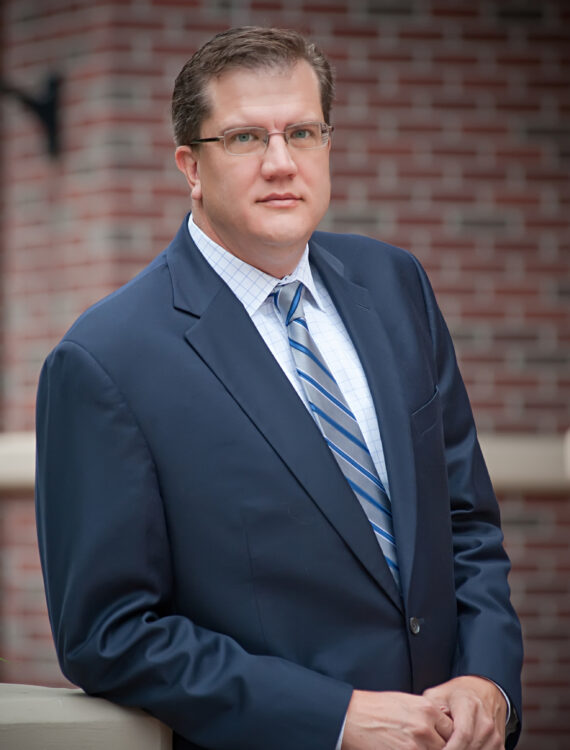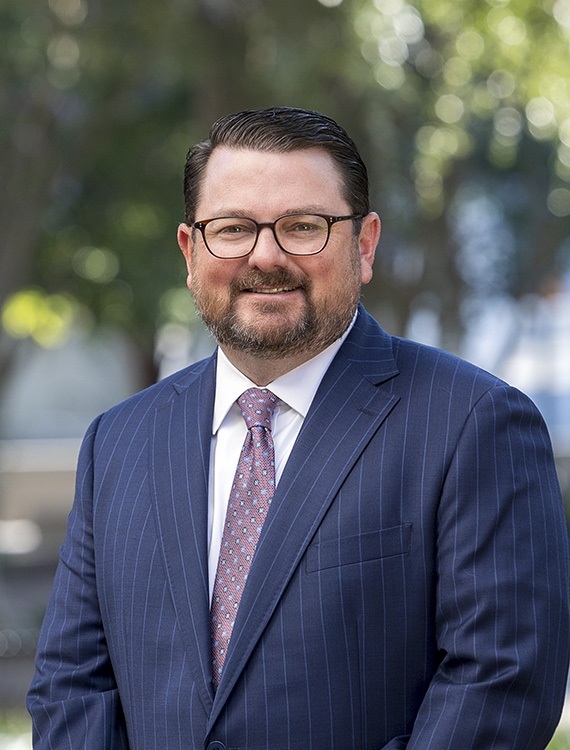FPL bolsters its transparency regarding storms and repairs
HURRICANES
With new interactive online maps and social media like Twitter, FPL is aiming to expand ways people can follow hurricanes and repairs.
BY CURTIS MORGAN
cmorgan@MiamiHerald.com
It’s three weeks before hurricane season, about the time Floridians start stocking up on batteries and water and wondering whether FPL ever got around to look at the aging power poles down the street.
Florida Power & Light, three years into an eight-year program to inspect its 1.2 million power poles and harden key power lines to withstand high winds, has made it easier to check just what work has been done.
The utility on Thursday unveiled a new interactive online map to help residents track improvements. Type in an address and up pops a neighborhood map dotted with icons representing inspected poles and lines, cleared vegetation, and strengthened lines — seven different categories in all.
It’s a step toward the company’s goal of expanding the ways customers can follow post-storm repair progress. FPL also plans to issue storm updates to customers in its 35 counties on Twitter and in Blackberry-friendly formats.
”We know people want instant information,” said Irene White, FPL’s director of customer support, who discussed the efforts during the company’s annual pre-hurricane season exercise.
The map information is limited for now. It’s not always clear which streets the icons mark, and single poles can’t be singled out. And while it shows what has been done, it doesn’t show how much work remains or tell customers if or when they should expect pole inspections or other work.
Stephanie Eberline, an FPL communication specialist, said residents shouldn’t worry if the hardening efforts haven’t hit their block yet.
”We may not have been there yet, but rest assured, we will get there,” she said.
In addition to tracking long-term upgrades, in coming months FPL also plans to offer online tracking of broad power restoration efforts. The goal is to provide county estimates within 48 hours and neighborhood estimates within 96 hours. Real-time tracking of street-level progress, which would be far more expensive and complicated, remains a long way off.
Overall, FPL said it was on track in toughening its system to better withstand r hurricane winds of up to 150 miles per hour in key spots, first targeting transmission lines and facilities such as hospitals, police stations and Port Everglades, the key source of gasoline for South Florida.
Overall, the utility reported it had completed work on 145 such lines.
”By the end of 2009, we hope to have strengthened every acute care facility, every hospital and 911 call center that FPL serves,” said Manny Miranda, an FPL vice president for maintenance.
It also has inspected 377,000 poles since 2006, about a third of the total, and replaced around 6 percent of those, White said.
The utility said no electrical grid could be made 100 percent stormproof, but focusing on hardening and restoring power to essential facilities and major corridors — to hasten the reopening of gas stations, grocery stores and restaurants — helped communities rebound.
The new interactive map can be found at www.fpl.com at the top of the site under the Storm Center link.












